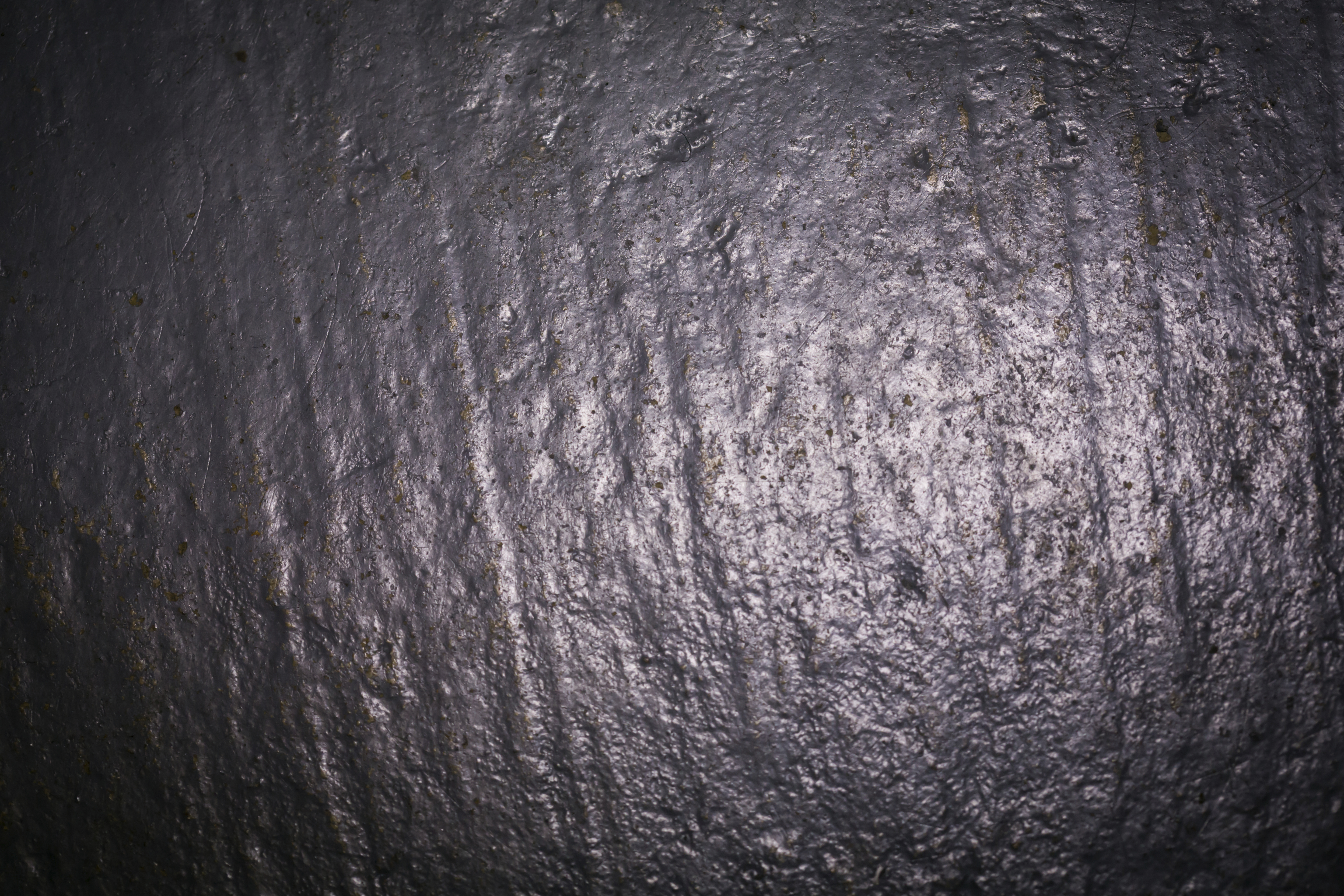We use cookies to make your experience better. To comply with the new e-Privacy directive, we need to ask for your consent to set the cookies. Learn more.
How to Keep Warehouse Floors Clean and Dry Despite Winter Weather
Damp, slippery floors are incredibly unsafe in warehouses, where staff work side-by-side with heavy machinery and tremendous loads. In fact, OSHA goes so far as to regulate the condition of your floors; 29 CFR 1910.22(a)(2) states that "the floor of every workroom shall be maintained in a clean and, so far as possible, a dry condition."
Everyone agrees that floors should be kept dry, but follow-through becomes a challenge in the winter, when staff track in snow and ice with every trip to the loading dock. To make matters worse, the cold may lead to condensation on concrete floors, a condition known as "sweating slab syndrome."
Managers must be ready to implement extra precautions when the flurries start flying and the temperature drops; here are a few ways to keep your floor dry no matter what's on the Doppler. 
Stay vigilant with your housekeeping.
No matter how careful your employees are, if it's snowing outside, they'll track snow into your facility. You may have to increase floor-cleaning intervals in winter.Luckily, there are some great labor-saving devices that make cleanup quick. Sweepex broom attachments for forklifts can squeegee water off of floors, and can even push snow piles off the dock for fast and easy maintenance in winter.
Take care of condensation before it starts.
When floors cool down in winter, they often fall prey to sweating slab syndrome. Avoid this dangerous phenomenon by keeping a steady stream of air running across your floor to dry condensation as quickly as it forms.High volume, low speed fans won't chill workers, but have a powerful effect on moisture. Leave them on between shifts or whenever necessary.
Place waffle mats just inside every facility entrance.
The simplest way to handle tracked-in snow is to give employees a way to scrape it off their boots before they enter the building. Anderson Waterhog Waffle Mats are ideal for drying off wet footwear. A ridged border contains snowmelt, and the thick polypropylene grid scrapes boots clean.Conduct regular walkway audits.
Before you can fix a problem with your floors, you have to find it. For best results, use an instrument called a tribometer to measure friction across the walking surfaces in your facility. Walkway audits with a tribometer will uncover wet, slippery areas along with any other problematic flooring in your facility.Install anti-fatigue mats with drainage at all stationary workstations.
Snow penetrates deeply into boot tread, and it may not melt until after an employee reaches his or her workstation. To keep puddles from forming, use mats with an open drainage pattern, like the Airomat Anti-Fatigue Mat. Safety ribs and a waffled design trap snowmelt to keep your floors safe and dry.Trade journal EHS Today reports that more than half of workplace injuries caused by slips, trips, and falls could have been prevented by addressing issues with the walking surface. Managers can keep their facilities safer and more productive with proactive floor maintenance; that's never more important than during the long, cold months of winter.
References:
Craig, Peter. “Problem Clinic: Sweating Slab Syndrome.” ConcreteConstruction. Hanley Wood Media, Inc., 10 Oct. 2006. Web. 5 Nov. 2015.
Hamel, Karen. "Not Letting Floor Problems Slip By." EHS Today 8.9 (2015): 50. MasterFILE Premier. Web. 5 Nov. 2015.
“Walking-Working Surface: 1910.22.” OSHA. Occupational Safety & Health Administration, United States Department of Labor, n.d. Web. 5 Nov. 2015.
